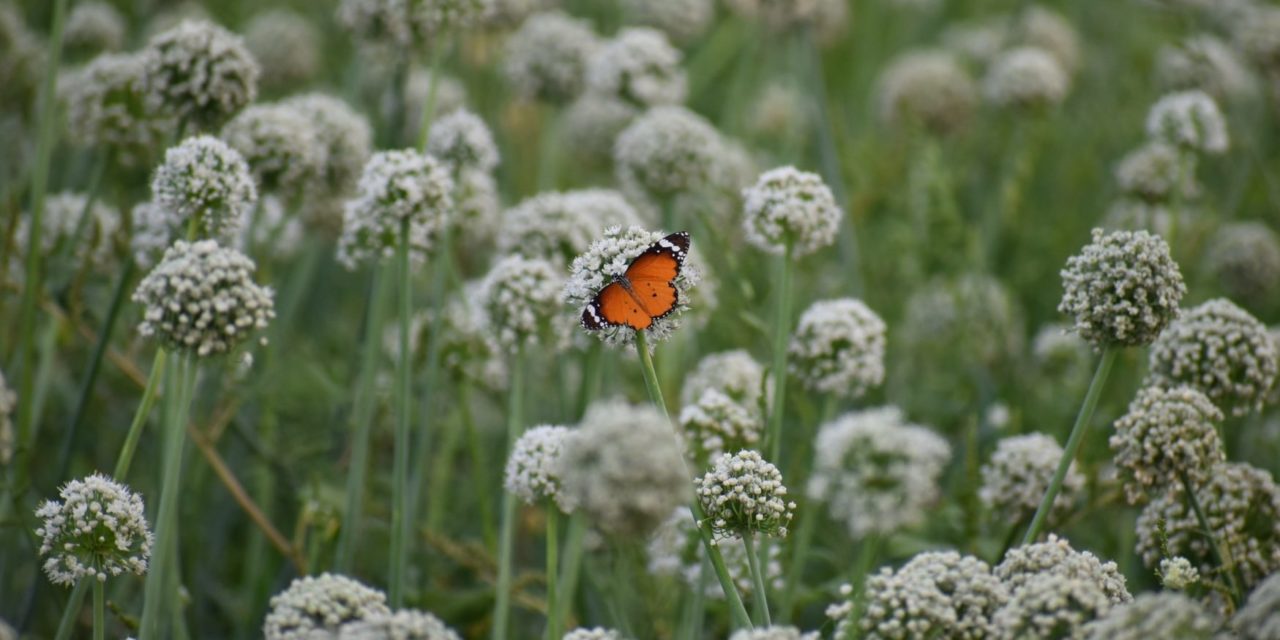WalletHub today released its report on 2022’s Greenest States
When it comes to the greenest states in the nation, the Golden State can claim bragging rights to ranking No. 1 in water quality and second in energy consumption per capita, according to a WalletHub released Wednesday, April 13.
With Earth Day around the corner and the U.S. having experienced $343 billion in damage from natural disasters during 2021, the personal-finance website WalletHub today released its report on 2022’s Greenest States.
In order to showcase the states doing right by Mother Earth, WalletHub compared the 50 states in terms of 25 key metrics that speak to the current health of the environment and residents’ environmental-friendliness. The data set ranges from green buildings per capita to the share of energy consumption from renewable resources.
Greenness of California (1=Greenest, 25=Avg.):
26th – Soil Quality
1st – Water Quality
8th – LEED-Certified Buildings per Capita
14th – % of Renewable Energy Consumption
2nd – Energy Consumption per Capita
8th – Gasoline Consumption (in Gallons) per Capita
Expert Commentary
What policies can state and local authorities pursue to make their communities more environmentally friendly?
“States and localities are key to solving many of our environmental problems, including global climate change. States already deserve credit for the rapid gain in solar-energy use in the U.S. For several years now, many have required electric utilities to generate a percentage of their power with solar, wind, and other pollution-free energy resources. Better urban planning can reduce the use of traditional transportation fuels and the air pollution they create. Communities can streamline the administrative processes they use when people want to put solar energy systems on their homes…Cities can make sure that all new vehicles in their fleets are energy-efficient hybrid or electric vehicles…States can pass, and local governments can implement, residential and commercial building codes that require the highest cost-effective levels of energy efficiency and renewable energy use.”
— William Becker – Executive Director, Presidential Climate Action Project
“Create strong renewable energy policies such as a 100% Renewable Portfolio Standard as 10 states, Washington, DC, Guam, and Puerto Rico already have done (or similar local policies); strict standards for air pollution emissions and non-point water pollution control; soil restoration programs to revitalize the farming sector; significantly more bike lanes; more green spaces; approve subsidies for electric vehicles, and require that new buildings constructed meet LEED standards for green building design.”
— Barry D. Solomon, Ph.D. – Professor Emeritus, Michigan Technological University
Is there an inherent tradeoff between protecting the environment and promoting economic growth?
“Without a healthy planet – there is no economic growth. It is vital to consider all the environmental impacts of growth to understand the whole picture. For example, growth on the Colorado Front Range has led to incredibly bad air quality (particularly ozone in the summertime). The health costs and other impacts of poor air quality are not typically accounted for. It is a ‘false economy’ to talk about the benefits of growth w/o subtracting these negative impacts.”
— Carol J. Dollard, P.E., CWP, LEED AP – Energy Engineer, Colorado State University
“A lot of people think that way, but there is, in fact, no trade-off. Protecting the environment is good for economic growth. Take the issue with fossil fuels and green technology. Study after study shows that when you close coal mines and provide incentives for green technologies like solar and wind, the manufacture of turbines and solar photovoltaics provides cleaner and better-paying jobs than those in coal mining and coal burning for electricity production. Therefore, it is important to think of sustainable development which encompasses the Triple Bottomline, i.e. the three P’s (people, planet, and profits). A green economy is good not just for the environment, but it creates working and living conditions that allow people to thrive while corporations make equal or more profit on the same level of investment.”
— Tait Chirenje, Ph.D. – Professor; Director: Professional Science Masters, Stockton University
What is the single most impactful thing an individual can do to reduce their effect on the environment?
“The bigger bang-for-the-buck for individuals comes from considering efficient energy consumption in their homes, their vehicle usage, and reflecting upon (and adjusting) their consumer habits.”
— Juscelino Filgueiras Colares, J.D., Ph.D. – Professor; Co-Director, Frederick K. Cox International Law Center, Case Western Reserve University School of Law
“There are many ways individuals can help protect the environment, from recycling to home insulation to using public transportation more often. But the single most powerful way to protect the environment is our vote. We need to elect legislators, congressional members, governors, and presidents who understand the importance of a healthy natural environment and who champion public policies that protect our forests, rivers, oceans, wilderness, soils, and biodiversity.”
— William Becker – Executive Director, Presidential Climate Action Project
For the full report, please click here.
Image Sources
- Butterfly: Godson Bright via Pexels





![Enrolling Now, Rewarding Careers Ahead [Sponsored]](https://ukenreport.com/wp-content/uploads/2024/04/COD_heroes_1-1385-2-440x264.jpg)

